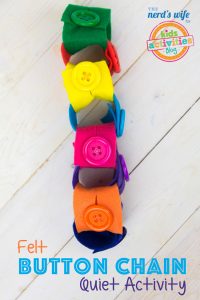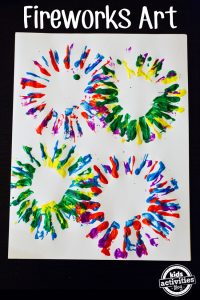Having recently had to make a call to the Poison Control Center when my toddler may have ate something that could have been dangerous (those silica gel packets, he’s fine). It reminded me of the fragility of life and the importance to know what to do if what my little man had ingested was more toxic!
Call 1-800-222-1222 if you have a poison emergency. A poison expert in your area is available 24 hours a day, 7 days a week. Also call if you have a question about a poison or about poison prevention. 1-800-222-1222 is a nationwide toll-free number that directs your call to your regional poison center.
If your child swallowed poison
If you find your child with an open or empty container of a nonfood item, your child may have been poisoned. Stay calm and act quickly.
First, get the item away from your child. If there is still some in your child’s mouth, make him spit it out or remove it with your fingers. Keep this material along with anything else that might help determine what your child swallowed.
Take the poison container with you to help the doctor determine what was swallowed. Do not make your child vomit because it may cause more damage.
If a child is unconscious, not breathing, having convulsions or having seizures, call 911 or your local emergency number right away.
If your child does not have these symptoms, call the poison center at 1-800-222-1222. You may be asked for the following information:
* Your name and phone number.
* Your child’s name, age, and weight.
* Any medical conditions your child has.
* Any medicine your child is taking.
* The name of the item your child swallowed. Read it off the container and spell it.
* The time your child swallowed the poison (or when you found your child), and the amount you think was swallowed.
If the poison is very dangerous, or if your child is very young, you may be told to take him right to the nearest hospital. If not, you will be told what to do at home.
Important information about syrup of ipecac
Syrup of ipecac is a drug that was used in the past to make children vomit after they had swallowed a poison. Although this may seem to make sense, this is not a good poison treatment. You should not make a child vomit in any way, including giving him syrup of ipecac, making him gag, or giving him saltwater. If you have syrup of ipecac in your home, flush it down the toilet and throw away the container.
If your child got poison on the skin
If your child spills a dangerous chemical on her body, remove her clothes and rinse the skin with room temperature water for at least 15 minutes, even if your child resists. Then call the poison center at 1-800-222-1222. Do not use ointments or grease.
If your child got poison in the eye
Flush your child’s eye by holding the eyelid open and pouring a steady stream of room temperature water into the inner corner. It is easier if another adult holds your child while you rinse the eye. If another adult is not around, wrap your child tightly in a towel and clamp him under one arm. Then you will have one hand free to hold the eyelid open and the other to pour in the water. Continue flushing the eye for 15 minutes. Then call the poison center at 1-800-222-1222. Do not use an eyecup, eyedrops, or ointment unless the poison center tells you to.
Poisonous fumes
In the home, poisonous fumes can come from
* A car running in a closed garage
* Leaky gas vents
* Wood, coal, or kerosene stoves that are not working right
* Space heaters, ovens, stoves, or hot water heaters that use gas
If your child is exposed to fumes or gases, have her breathe fresh air right away. If she is breathing, call the poison center at 1-800-222-1222 about what to do next. If she has stopped breathing, start cardiopulmonary resuscitation (CPR) and do not stop until she breathes on her own or someone else can take over. If you can, have someone call 911 right away. If you are alone, wait until your child is breathing, or after 1 minute of CPR, then call 911.
Published online: 2/07
Source: Protect Your Child From Poison (Copyright © 2003 American Academy of Pediatrics, Updated 11/03)
http://www.aap.org/publiced/BR_Poison.htm






